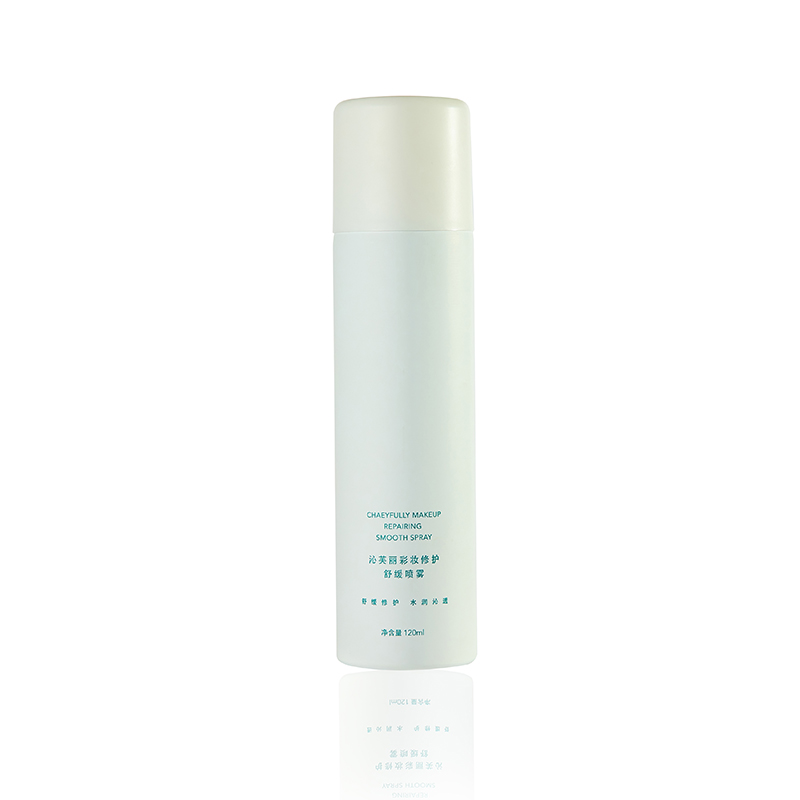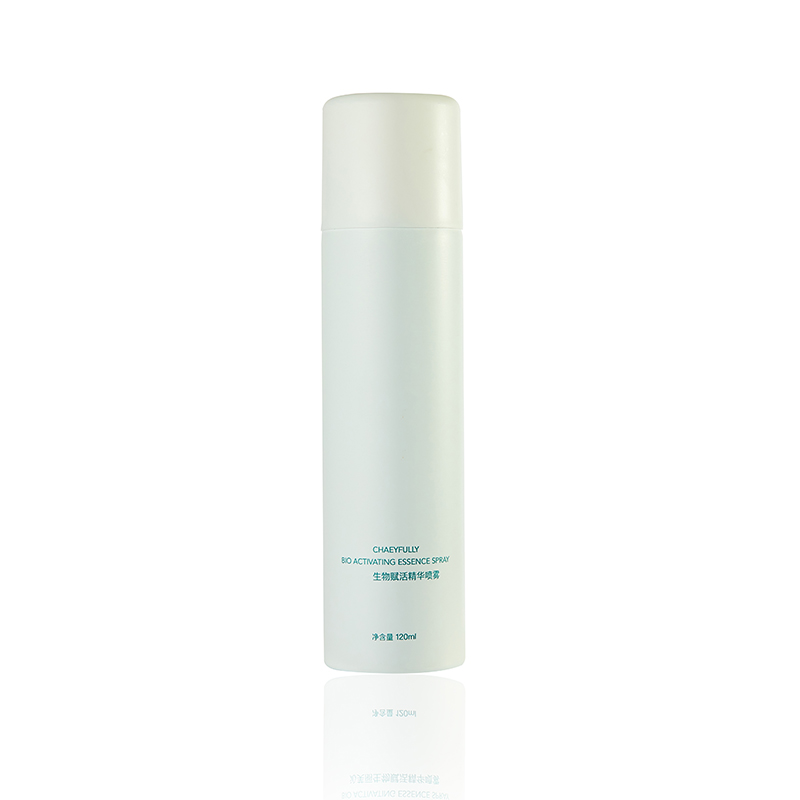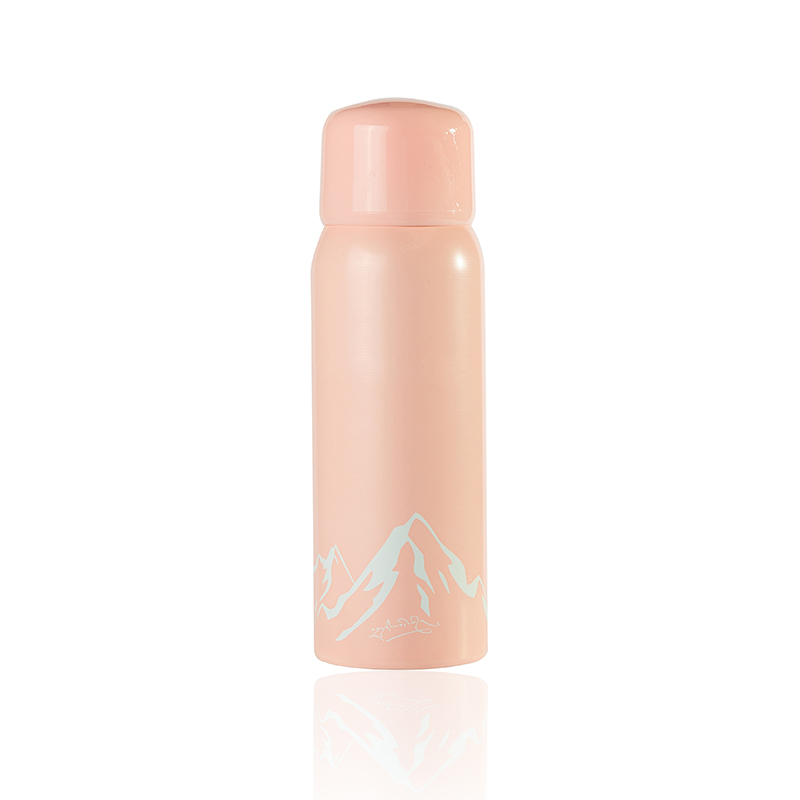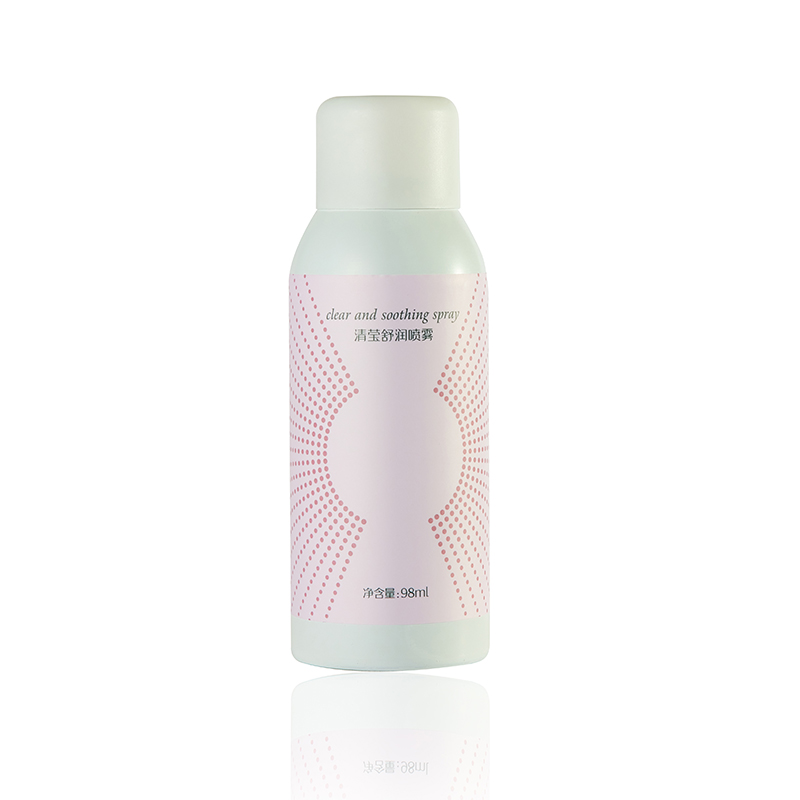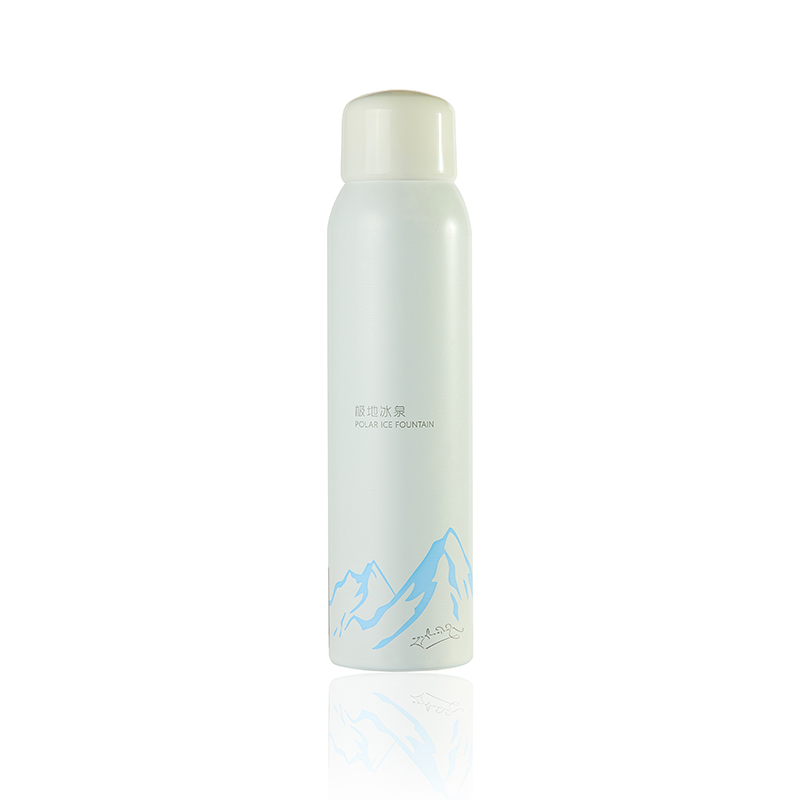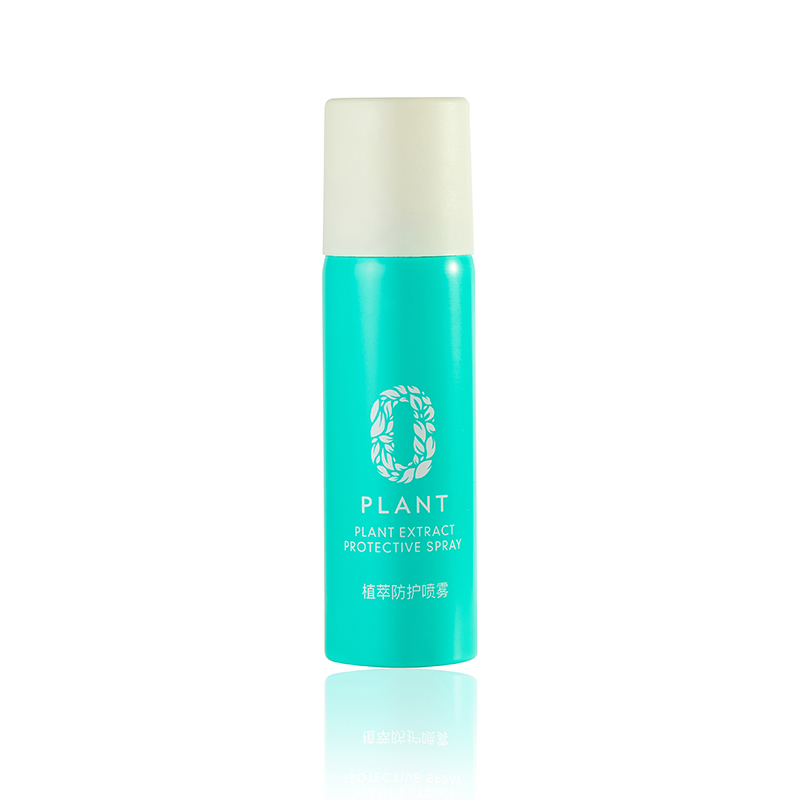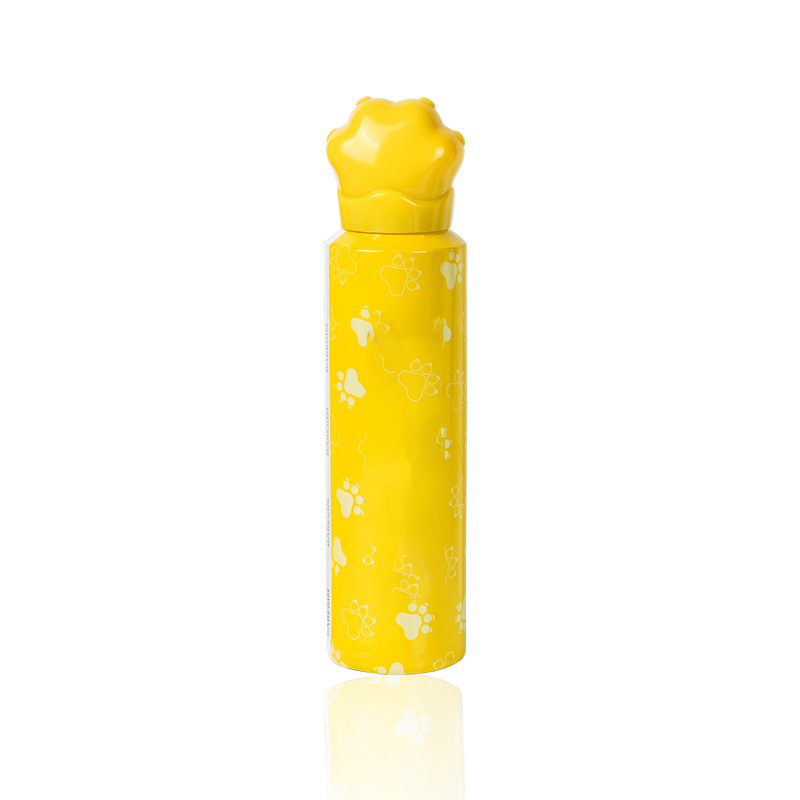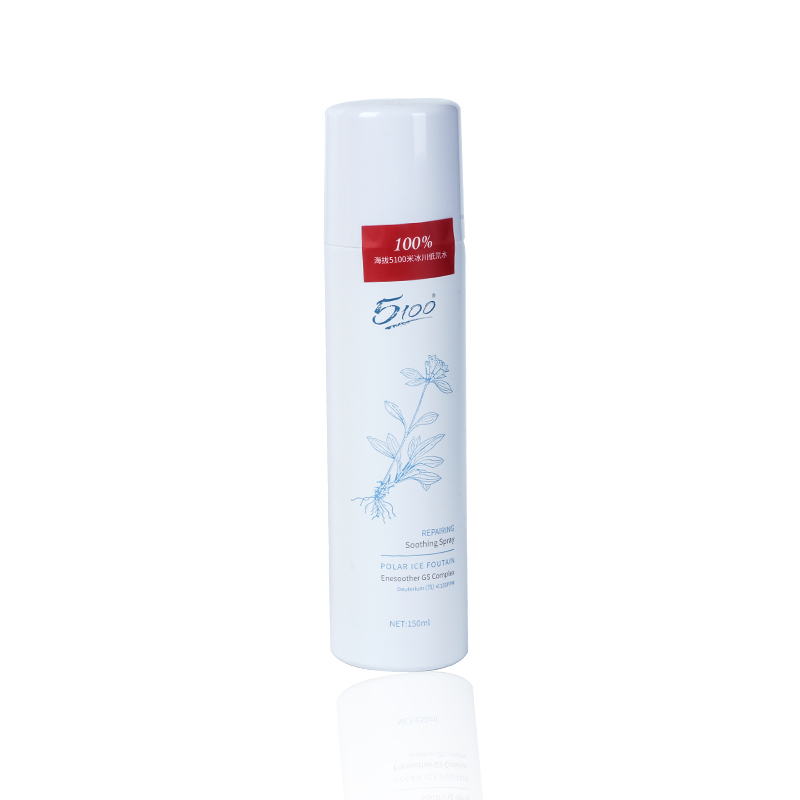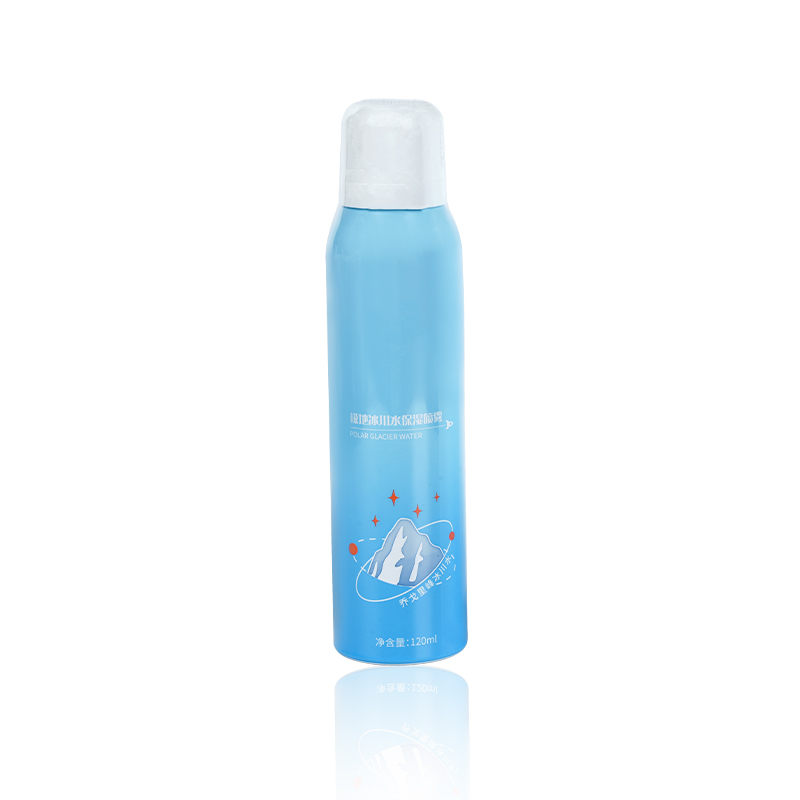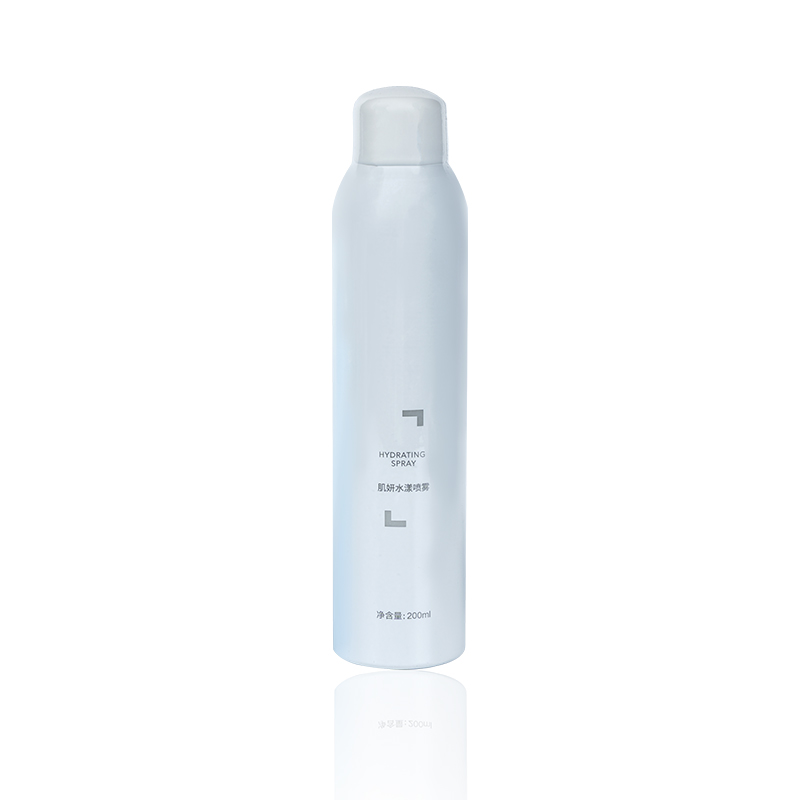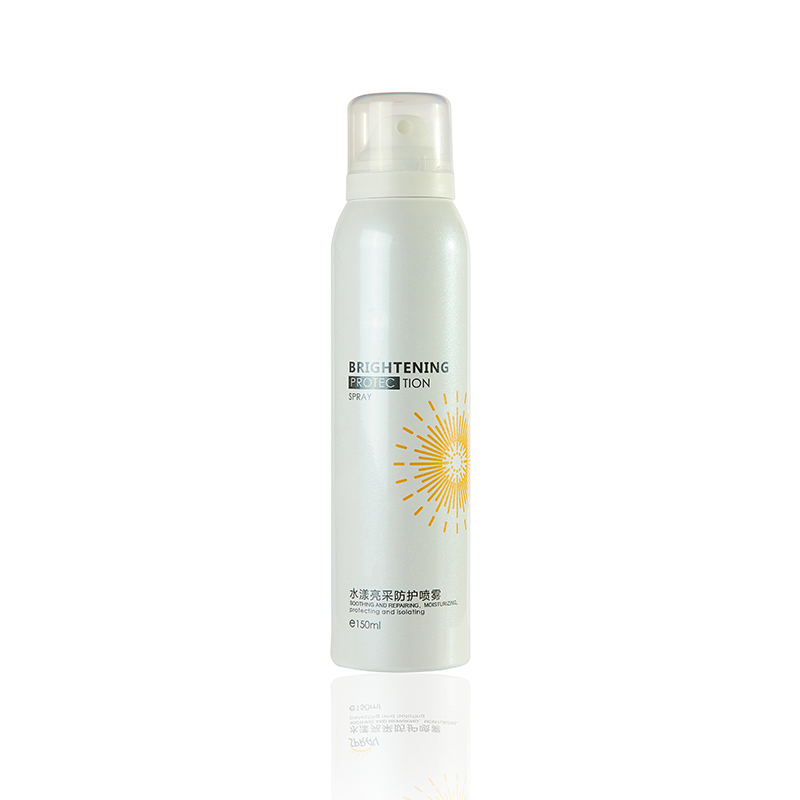In the realm of hygiene and infection control, the terms sanitizer and disinfectant are often used interchangeably—but they serve different purposes and operate at varying strengths. Understanding the distinction is crucial, especially in settings like homes, hospitals, schools, and food service environments.
Definitions: What’s the Difference?
Sanitizer: A chemical agent that reduces the number of bacteria on surfaces to a safe level, as judged by public health standards. It may not kill all viruses or fungi.
Disinfectant: A chemical substance that destroys or inactivates nearly all pathogens on non-living surfaces, including bacteria, viruses, and fungi.
In simple terms, sanitizers reduce, while disinfectants destroy.
Which Is Stronger?
Disinfectants are stronger than sanitizers. They are formulated to eliminate a broader range of microorganisms and are generally more effective at killing pathogens, including harder-to-kill viruses like norovirus or fungi like mold.
For example:
A hand sanitizer might kill 99.9% of common bacteria but may not eliminate viruses like COVID-19 unless it contains at least 60% alcohol.
A disinfectant such as bleach or hydrogen peroxide-based products can destroy a wide array of pathogens and is often used on surfaces in medical and industrial settings.
When to Use What?

Regulatory Oversight
In the U.S., sanitizers for hands are regulated by the FDA.
Surface disinfectants and sanitizers are regulated by the EPA, and products are tested for efficacy against specific microorganisms.
Important Note on Use
Both sanitizers and disinfectants must be used as directed. Overuse or misuse can lead to:
Chemical residues
Damage to surfaces
Development of resistant microbes
Conclusion
While both sanitizers and disinfectants are valuable tools for maintaining cleanliness and safety, disinfectants are unequivocally stronger and more comprehensive in their action. Use sanitizers for routine hand or light surface cleaning, and turn to disinfectants when a higher level of microbial control is needed.

 English
English русский
русский Español
Español